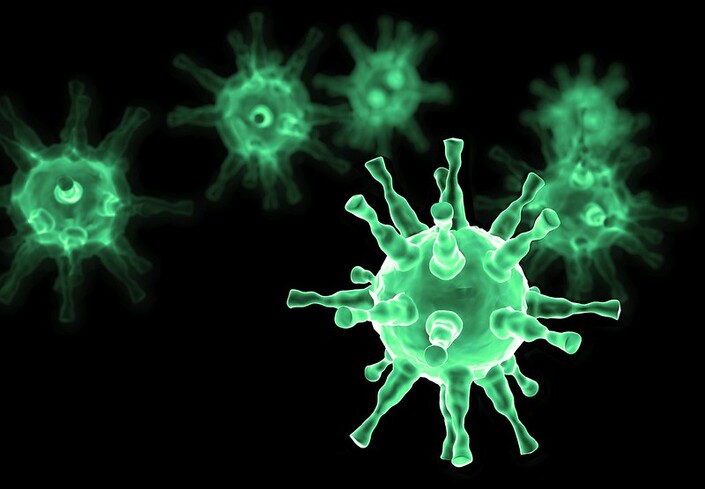|
By Cheryl Pan
Determining how many diseases that affect humans is a very difficult task. Calculating the exact number of available treatments is even harder, if not impossible. While extensive research is being conducted on some of the most widely known diseases, such as Alzheimer’s and diabetes, other diseases are given relatively much less priority. For example, a particular family of diseases, duly referred to as “orphan diseases,” are often overlooked because of the small number of individuals who are affected. Last month, February 28, Rare Disease Day, marked a day of not only improving access to treatment for affected individuals and their families, but also raising general awareness to learn about and understand these diseases as a public health priority. Orphan diseases are classified as rare disorders, often caused by genetic mutations, that lack sufficient support and resources for treatment development. Because the underlying biological mechanisms of a rare disease are often complex, it is difficult to study and design experiments. Additionally, there is relatively much less concern for the prevalence and impact of these diseases from the general public. Consequently, these diseases are seen as “orphans” on the pharmaceutical market. Technically, a disease is considered “rare” when it affects fewer than 200,000 people. However, despite their name, these rare orphan diseases are actually not rare at all. The National Institutes of Health (NIH) estimates that there are approximately 7,000 types of rare diseases that affect about 30 million people in the United States alone—about 10% of the entire U.S. population! Moreover, the NIH estimates that 50% of people affected worldwide by rare diseases are children. The Global Genes organization also estimates that rare diseases are responsible for about 35% of first-year born deaths. Rare orphan diseases are often difficult to diagnose; their symptoms can be very unusual and difficult to treat. For example, fibrodysplasia ossificans progressiva (FOP), afflicting just one out of two million people, causes abnormal cartilage formation in muscles and other soft tissues, eventually turning the entire body into bone. Another example of atypical symptoms are associated with Progeria, which essentially causes children to age extremely quickly. This syndrome affects one in eight million newborns: within their first two years, babies develop wrinkly skin, joint stiffness, and heart problems. Ultimately, it is common for children with Progeria to die of heart disease by 14 years old. The small size of affected patient populations also presents its own challenge. Physicians who have limited experience with orphan diseases may not recognize that seemingly unrelated symptoms of muscle weakness, liver complications, and heart defects may be potentially linked to Pompe Disease, which occurs in just one in forty thousand births. Left untreated, infants affected with Pompe Disease usually die within twelve months. These three diverse orphan diseases are only the tip of the iceberg, but there is still hope for treatment development. In 1983, the U.S. Congress passed the Orphan Drug Act, which recognized the need for greater research devoted to developing medicines to treat orphan diseases. Incentives such as grants, research design support, and FDA fee waivers have led to a remarkable increased interest from companies in developing orphan disease treatments. In the last decade, the FDA has approved more than 230 new orphan drugs. Some of the medicines recently approved to treat a rare disease include the first and only therapy for neonatal-onset multisystem inflammatory disease, as well as treatment for homozygous familial hypercholesterolemia, a genetic disorder that prevents patients from properly regulating low-density lipoprotein (LDL) cholesterol in their blood. Just last year, the FDA approved 56 new drugs, several of which were treatments for various rare orphan diseases. While the initial approval of new medicines should be celebrated, the research cannot just stop there. Additional studies and data collection must be performed to continue expanding treatment options. EveryLife Foundation for Rare Diseases reports that despite the improving progress, 95% of rare diseases have no FDA-approved treatments. This startling statistic indicates that in reality, rare orphan diseases are actually a global health concern. Outside of research, there is also a need for greater awareness of and advocacy for these rare diseases. According to Global Genes, approximately 50% of rare diseases do not have a supporting disease-specific foundation. A prime opportunity to raise awareness took place on February 28, also known as Rare Disease Day. Established 11 years ago, this day allows countries all over the world to promote rare disease advocacy. Since then, the campaign has grown immensely. This past year, over 90 countries participated, hosting nearly 500 events worldwide and making the hashtag #RareDiseaseDay trend on Twitter. Cheryl Pan is a freshman in Columbia College studying neuroscience and behavior. She is an editor for Columbia Science Review.
0 Comments
Leave a Reply. |
Categories
All
Archives
April 2024
|

